MLRC’s Media Law Conference
Record Attendance and Bonhomie in Virginia
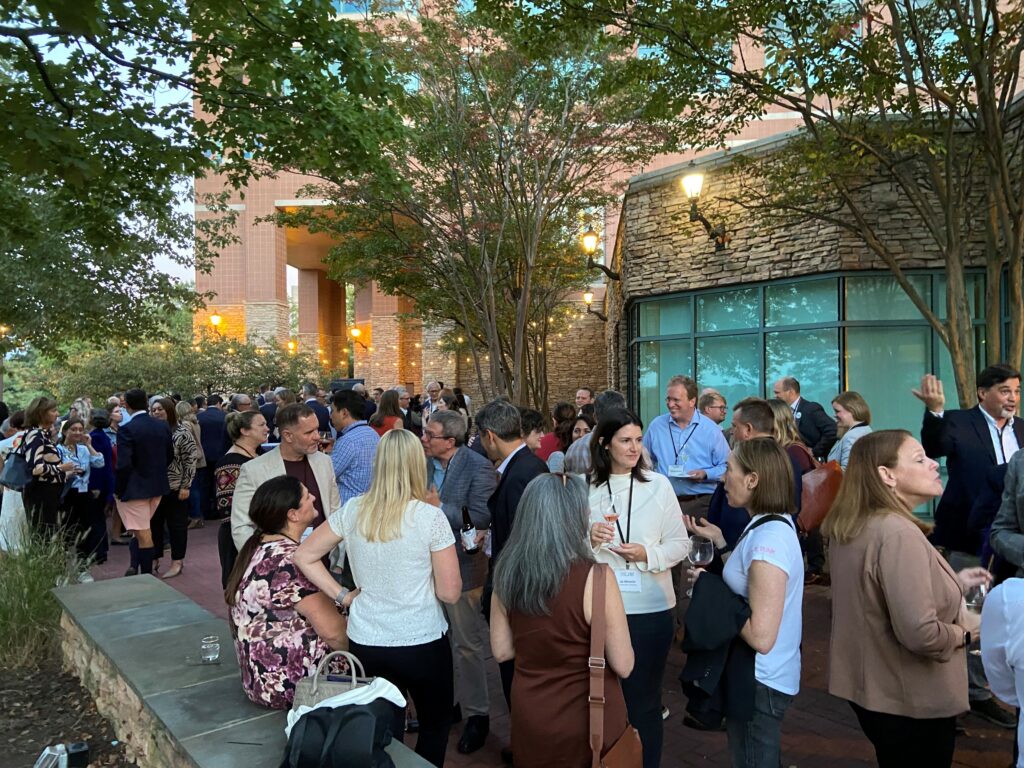
I write during my trip returning from our Media Law Conference at the Lansdowne Resort in northern Virginia. About 325 members attended, and the consensus was that it was a terrific and very worthwhile meeting.
Beyond the number of registrants — which I think is tied for the largest attendance at an MLRC conference — what really gratified me were the numbers who actually showed up for each session. Both the plenaries and boutiques were all packed; nary a person was in the hallways schmoozing, in their rooms writing a brief or napping, or in the spa or gym. Not only were virtually all conference-goers in the breakout rooms, but there was active participation — which is exactly the purpose of the smaller group sessions in the first place. One figure underscores the engagement of our attendees: on the first night’s dinner, when we expected 260 attendees (since usually many people haven’t yet arrived), we had to set 295 plates – representing over 90% of the registrants, an unheard-of high number.
Herewith a view of the Conference from one attendee’s perspective:
The opening session was on two IP cases SCOTUS decided last term: the Andy Warhol/Prince copyright case and the Jack Daniel’s trademark case. Roman Martinez (Latham & Watkins ), who argued for the Warhol Foundation, explained that his team only asked the Court to take up the first fair use factor because they felt that was the surest way to get the Court to take cert. Tom Hentoff (Williams & Connolly), who at the last minute stood in for Lisa Blatt (who won the case and has an enviable Supreme Court record), discussed some of Lisa’s answers at oral argument. Susan Kohlmann (Jenner & Block) gave a cogent summary of the facts and argument of the Jack Daniel’s case. And Rebecca Tushnet (Harvard Law) noted that prior to this case, it was hard historically to distinguish the legal doctrines of parody and satire.
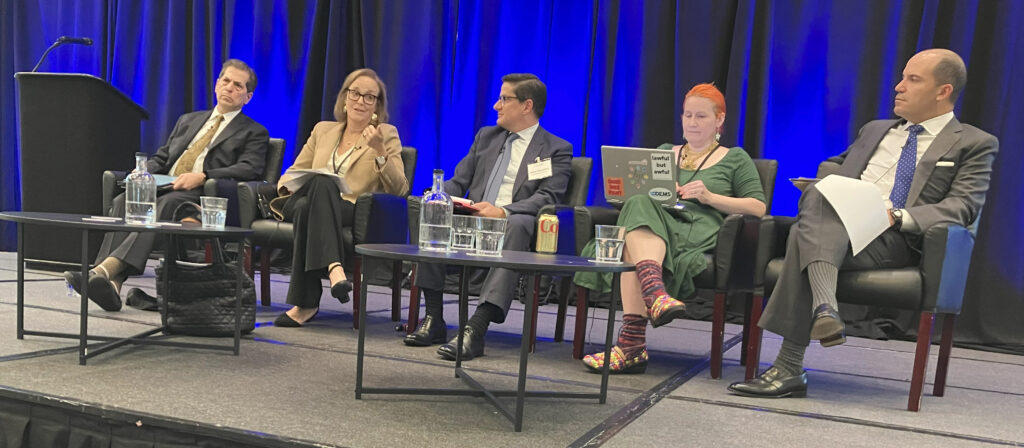
Always on the lookout for Ethics CLE, I attended that boutique, but also dropped in on Trial Techniques, where various jury approaches in different courts and cases were discussed.
Soon afterward was the Opening Reception on the outdoor terrace, held in spectacular weather. Beyond the noteworthy beef wellington, the energy level was extremely high as friends and colleagues reconnected — in some cases for the first time since the pandemic.
We were then led into the ballroom for dinner and a program focused on the recently settled Dominion v. Fox libel case. It was discussed by First Amendment experts Floyd Abrams (Cahill Gordon), Lee Levine (formerly of Ballard Spahr and Levine Sullivan), Prof. RonNell Andersen Jones (Utah Law); and two insiders — Tom Clare (Clare Locke) who was on the Dominion team, and Chip Babcock (Jackson Walker), who for a period represented Fox. Floyd concluded that in the long run the huge settlement was a good thing, since if Fox had won, it would have added fuel to the fire to those arguing to overturn Times v. Sullivan, since it would have been used to show that even with outrageous facts, plaintiffs can’t win libel cases. RonNell couldn’t understand — neither can I — why the Smartmatic case hasn’t already settled for approximately the same amount. She also asserted that the Dominion case was especially significant because, at bottom, it was about retention of our democracy. Lee said he still believes (as he was often quoted by the media) that this was the strongest actual malice case he has seen in all his years of practice. He added that he didn’t think reporting on newsworthy allegations would be chilled by this result, and disagreed with the moderator’s view that this was, or should have been, a neutral reportage case because it was so plain that the defendant had endorsed the unfounded election fix narrative. (The moderator’s position was that neutral reportage should have been recognized as a defense, and that this would have given this doctrine some badly needed visibility and resonance, but then it would be up to a jury whether the facts warranted its application.)
As to the insiders, who were quite forthright in their remarks, Chip Babcock said that the judge’s decision to grant summary judgment to plaintiffs on the issue of truth, and his decision to reject neutral reportage (and even rule that a newsworthiness argument could not be made) hurt Fox immeasurably. He emphasized that in a jury case, to have no chance to argue or prevail on truth is pretty deadly. For his part, Tom discussed how the Dominion team decided to sue in Delaware; why they sued Fox and not Trump or mainstream media repeaters of the election deniers unfounded comments; agreed with Chip that the jury composition was, as far as they could tell, fair and pretty down the middle; and couldn’t really explain why Fox agreed to settle the case when it did, and not, as many posited, earlier, before all the damaging discovery was made public.
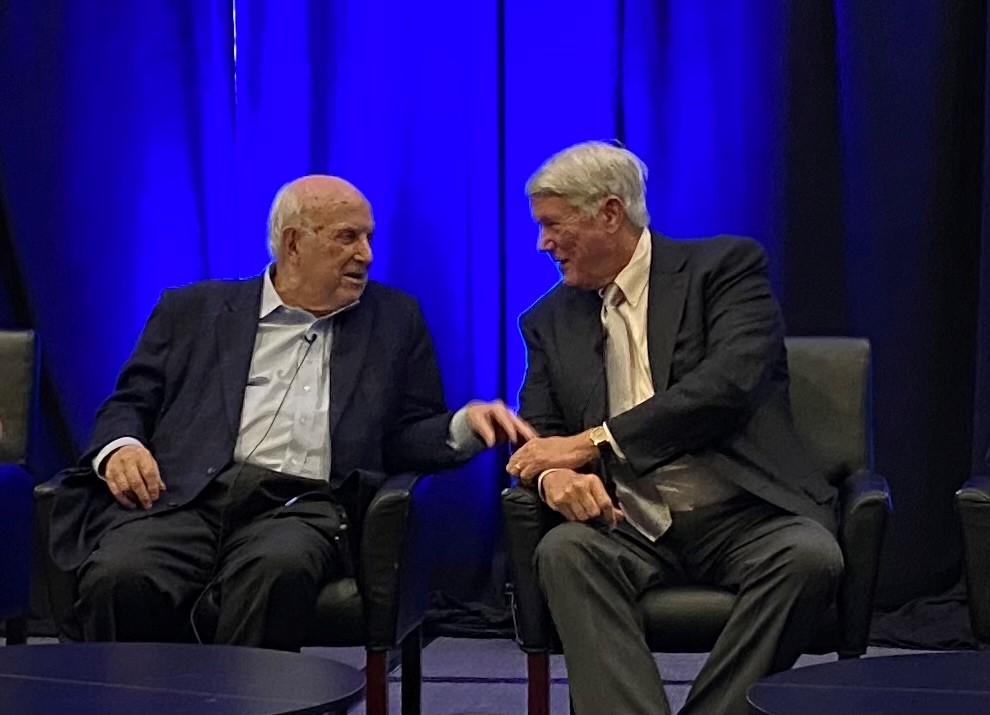
The second day of the Conference began under beautiful sunny skies. After a hearty buffet breakfast, MLRC Deputy Director Dave Heller moderated a panel focusing on the Supreme Court, with experienced SCOTUS litigator Donald Verrilli (Munger Tolles), and journalists Amy Howe (SCOTUSblog) and Greg Stohr (Bloomberg). All three were true pros who knew the Court inside and out. There was a strong consensus that despite the changes forced upon the Court by the pandemic in having audio transmissions of oral arguments, we should not expect video coverage in the foreseeable future. Likewise, there was general agreement that the new form of argument, where each justice gets a turn — in order of seniority — to ask questions, was an improvement over the prior free-for-all form, and the current mix of the two formats was a good thing and would probably continue. They also noted this new protocol has led to Justice Thomas being more active in oral arguments. On a related score, the panelists bemoaned the current ethics crisis on the Court, but didn’t seem sure whether changes or Congressional regulation would ensue. They also agreed that the sometimes vituperative exchanges between the justices, such as the back and forth between Justices Kagan and Sotomayor in the Warhol case, or for that matter the divisions between the two political wings of the Court, was nothing new — no different, for example, than the Ginsburg/Scalia exchanges, which were often fiercely oppositional despite their warm friendship.
After breakfast followed two slots for boutiques, all of which were lively and well attended. In the first hour, I had intended to split my time between two, but found the Libel Developments session so engrossing I stayed there for most of the period. I also visited the FOIA boutique which brought life to a sometimes technical subject. I planned to attend two sessions in the second slot, but never left Trial Tales, which featured excellent speakers who represented the New York Times in the libel case brought by Sarah Palin, and a local Maine newspaper sued over investigative articles revealing a decades-old cover-up of sex abuse allegations.
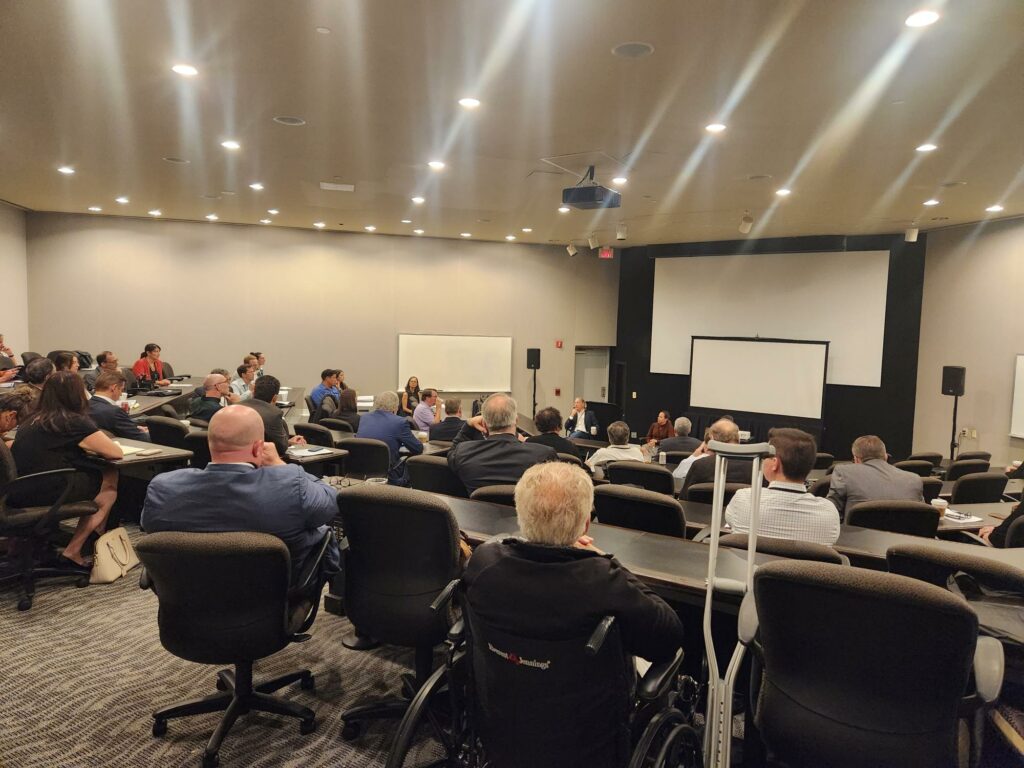
There was a doubleheader at lunch. First, an MLRC interview with Sen. Ron Wyden (D-Or), pre-recorded on Zoom. Sen. Wyden, one of the draftsmen of Sec.230 almost 30 years ago, discussed the need for content moderation, and speculated on the possibility of amendments to 230. He also discussed the prospects of his co-sponsored PRESS Act, essentially a federal Shield Law of the type we all have been anxiously awaiting for some 20 years. We followed the video, giving us interesting insights into this crucial Senator’s thinking, with a rousing game of Journalism Jeopardy. While always a popular feature, this year it seemed that participation was unusually high, with almost all luncheon tables playing. A new category was “Arriving at Dulles Airport on 10/4/23,” corresponding with the time and place of most attendees’ arrival to the Conference. The questions – that is to say, the answers – were about the US-Soviet space race since the Russians launched their first Sputnik in space on Oct. 4, 1957, 66 years to the day of our Conference start, and also about John Foster Dulles, Secretary of State under Eisenhower, after whom Dulles Airport, 15 minutes away, is named.
After lunch was another round of boutique sessions. This time I attended the workshop on Entertainment Law which featured a very entertaining hypothetical based on Mattel’s Barbie, and this summer’s movie based on the iconic doll. As in the other boutiques, the room was packed and a lot of voices were heard.
Historically, this conference had no free time at all— we worked from breakfast through dinner. Then merely an outsider, I had tried to get the organizers to include one hour for some sport or relaxing activities, but failed miserably for three conferences in a row, always being told by the then-leaders that we had too much work for that. Partly as a result, in the 1990’s former Gannett attorney Barbara Wall and I convinced the ABA Forum to start a winter conference at a warm, oceanside site, which would include some fun activities and allow colleagues and their families to bond socially. While I think everyone who attended last week’s Conference would agree the MLRC still has a rigorous schedule, we did leave Thursday 3-5 as free time for recreation. Totally unexpectedly, we had the biggest turnout ever for tennis, with some 25 members ready to emulate Coco Gauff’s backhand and Carlos Alvarez’ drop shot. With only two courts, that would have been a problem, but rather than unduly waiting, a number of racketfolk decided to try their hands at pickleball instead. A good time was had by all. At the same time, other attendees took to the hotel’s three golf courses, or trooped to the hiking and biking trails, or to the gym, spa or pool in a well-earned break from the classroom’s sedentary position.
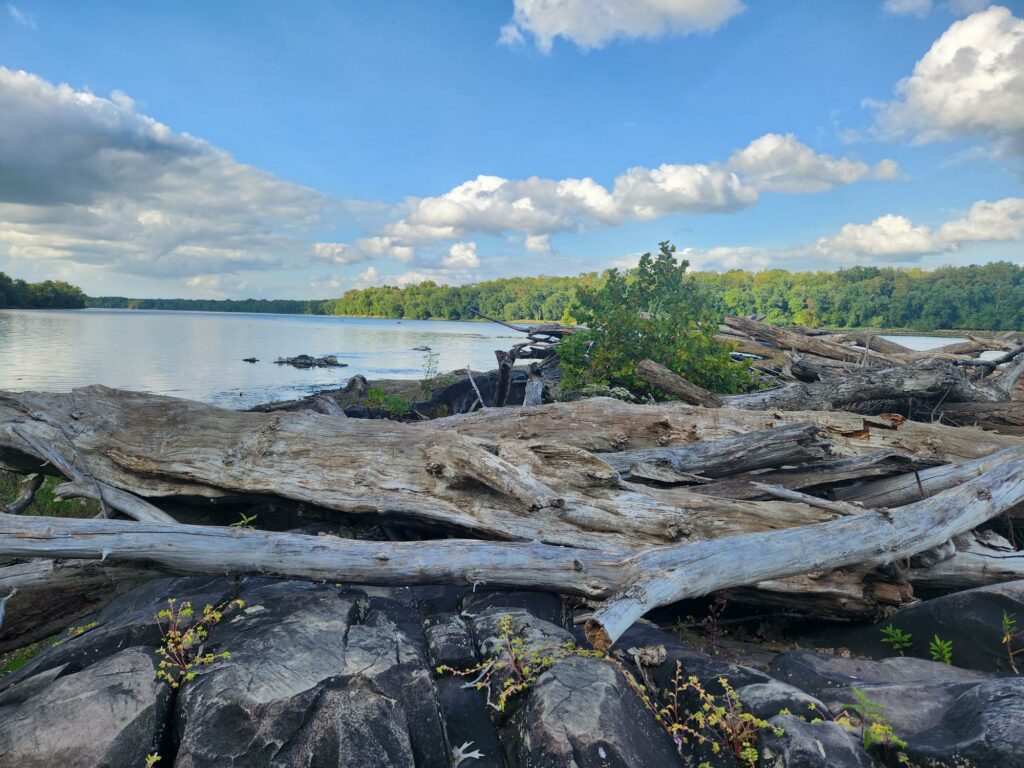
Over the last few conferences, we found that attendance at the Thursday night dinner lagged, and half the food we purchased ended up uneaten. Since members seemed inclined to go out on their own or to client dinners, we abandoned the large formal dinner and made time for private dinners. Dave Heller, DCS Chair Toby Butterfield and I led dinners on-site to attendees who chose to eat with our group. Either way, dinner was followed by a wine-tasting and dessert reception at the Waterfall Terrace. As engaging as our work sessions were, the schmoozing quotient was equally high. Indeed, at the end of the scheduled reception, many of us went outside on a lovely evening to continue cocktails and conversing by the festive firepits burning brightly for us.

In recognition of the partying the night before, Friday’s breakfast program was scheduled 45 minutes later than the day before. It featured a very intriguing discussion about Facebook’s Oversight Board and online content moderation. Alison Stein (Jenner & Block) interviewed Brent Harris, one of the creators and leaders of the development of the Oversight Board. His comments on how the Board made content decisions and how it is regarded by Meta employees and leaders around the world was particularly interesting. He also discussed the challenge such a Board has of having to make content decisions applying to both democracies with a free speech traditions and authoritarian states where speech is strictly curtailed. Brent is now involved at Meta’s AI development, so he ended the session by donning some sunglasses and explaining that in a few years we will all be getting our news and recipe instructions through those glasses. Whether that’s exciting or depressing, I leave to you, dear reader.
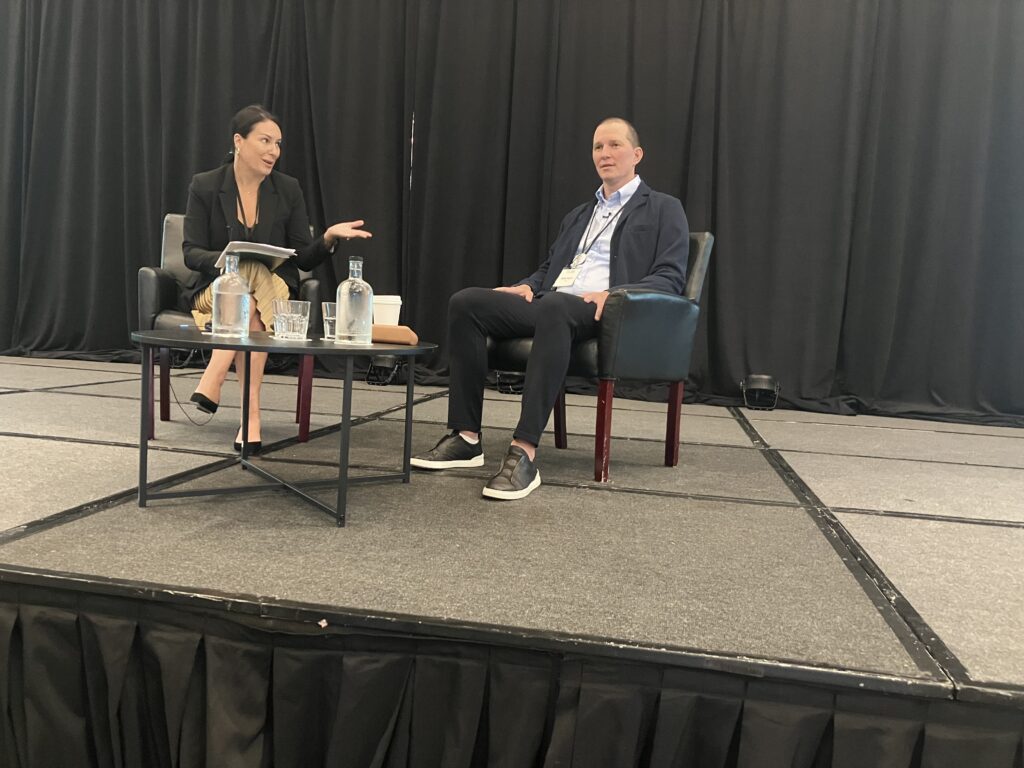
With everyone wide awake after that presentation, we hustled off to our last boutique. I attended Prepublication Review in the aptly named Amphitheater. Participants were asked to vet and discuss an article about a Trump trial in Georgia. His unhinged attacks on the court, prosecutors and witnesses, his baseless accusations against those he claimed rigged the last election, video footage of a private meeting between Trump and his aides, and remarks by a talkative juror who spoke on background to the newspaper’s reporter during the trial were only some of the issues raised by the article we were being asked to review.
The Conference ended with a buffet lunch and a much-anticipated program on AI. Lauren Chamblee (Microsoft) moderated a panel discussion about how AI works is and how it will affect journalism in the future. Sy Damle (Latham & Watkins), former GC of the US Copyright Office, gave a very cogent explanation of what AI is. He assured us that impressive as it is, AI won’t take away lawyers’ jobs, but will rather make our tasks more interesting by allowing us to use our brains more and spend less time on ministerial tasks such as routine document reviews. Evan Young (NOTA AI) is currently working on AI in tandem with the Los Angeles Times. He, too, assured us that AI will not be doing traditional journalism, but might be relied on for tasks such as generating headlines, captions, pullquotes, and photo selections. Phoebe Connelly (Washington Post) also emphasized how AI will enhance the Post’s journalism, not replace it. She stressed that the fundamentals of the Post’s reporting – finding and talking to sources and newsgathering in general – can’t be replaced by AI.
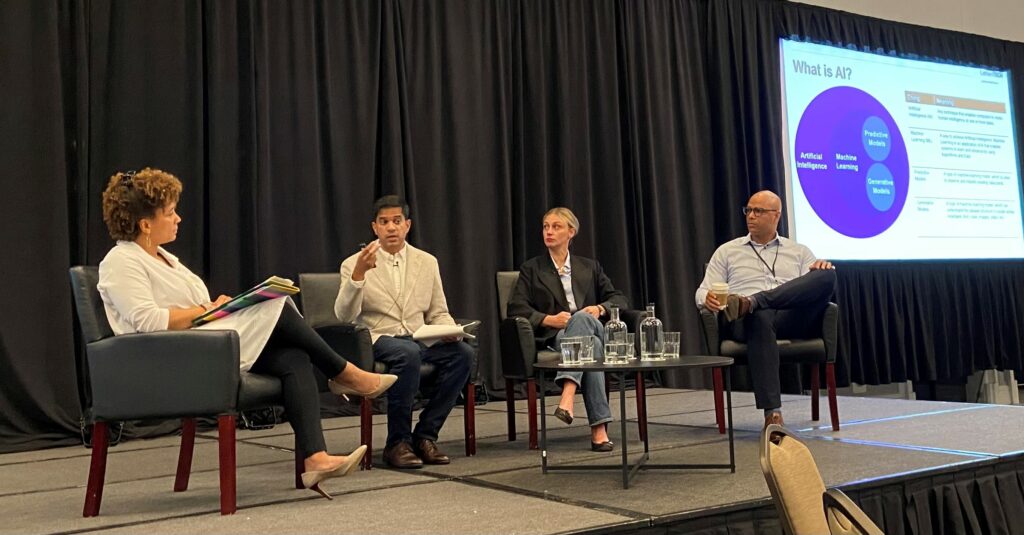
I was much gratified at attendees’ positive responses to the event, expressed both through word of mouth and by the early evaluations we have already received. Our first 10 evaluations unanimously judged the speakers to be excellent and the level of discussion just right, and we received many positive comments on both the facilities and quality of the Resort and the choice of timely and interesting topics for our sessions.
I’d like as a last word to thank everyone who made this such a successful event: our sponsors, our event planners at OSI and the Lansdowne employees, our Planning Committee, all the boutique co-facilitators, our outside speakers, the MLRC staff and, finally, all of our members who attended.
Next up, the MLRC Annual Dinner!
George Freeman is executive director of MLRC. The views expressed are his, and not those of the organization. Email questions and comments welcome at gfreeman@medialaw.org; they may be printed in next month’s issue.